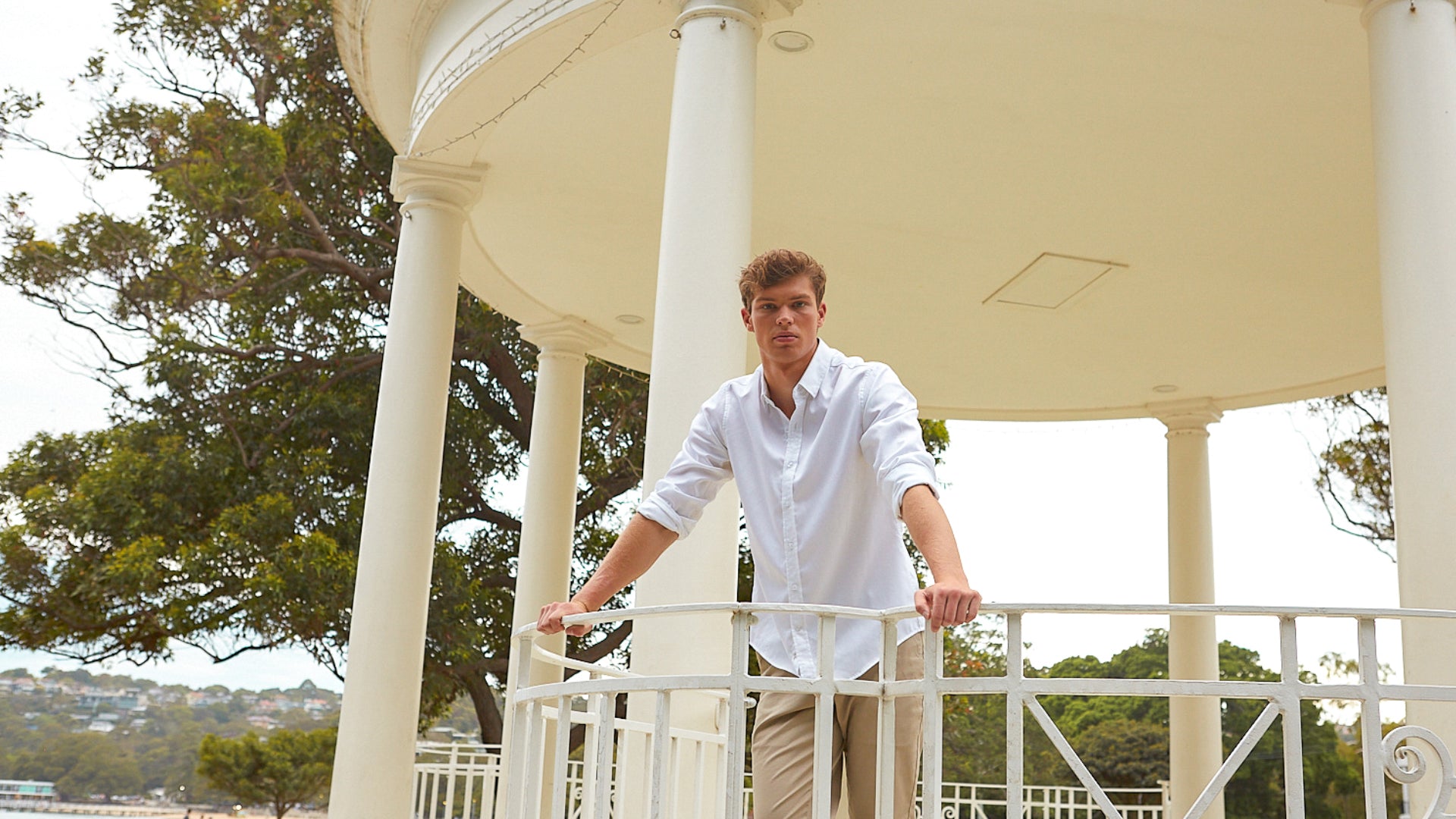Colour Analysis: Discover Your Colour Palette
Colour analysis is a technique that brings awareness about which colours best suit our complexion, allowing us to make informed decisions and get the most out of our wardrobe. Our previous blog post explores the undertone, overtone and a brief history of colour analysis. In this article, we go a step further and explore other common colour analysis terms; intensity (or saturation) and value (light vs. deep).

THE 3 PILLARS OF COLOUR ANALYSIS
The three most important characteristics of colours that we analyse are:
- Undertone
- Intensity
- Value
1. Undertone
The first stage of a colour analysis session involves determining whether your undertone is cool or warm; whether your complexion looks healthier and brighter when compared to cool (blue-based) colours or warm (yellow-based) colours. Read our previous post for a deeper dive into this concept!

2. Intensity
Once your undertone has been determined, your colour analyst will have likely narrowed down your season to two options by eliminating either the cool or warm side of the graph:
Warm undertone = Autumn or Spring
Cool undertone = Summer or Winter
The next step is to identify your intensity, or how saturated your features are, which will ultimately reveal your chromatic season!
The intensity of a colour is determined by whether it is a pure hue (such as a primary colour in the colour wheel), or whether it has been softened by adding grey to it.

The same concept can be applied to our complexion: are your skin, eyes and hair intense and highly saturated (like those of Liv Tyler), do they have a muted, dusty appearance (like those of Heidi Klum), or are they somewhere in between?
This is the next step that your analyst will take; by using drapes of the same hue and different intensity, they will determine whether certain intensities support your features or drag them down.
A colour that is too soft will make you look flat and drain vibrance from your face. On the other hand, a colour that is too intense will appear overpowering and steal attention from you. In this case we say that the colour is “wearing the client”, and not the other way around.
A colour that is just right will neither overpower nor drag you down. It will support your features, making them look defined and vibrant, creating the perfect frame for your face.
Once your analyst has determined whether your features lean towards the soft or intense side, you will discover your season!
Soft + Cool = Summer
Soft + Warm = Autumn
Intense + Cool = Winter
Intense + Warm = Spring
3. Value
At this point, your analyst has discovered your season by determining your undertone and intensity. We are now going to look at the secondary characteristic of value.
Value refers to whether a colour is light or deep (dark). Light refers to a hue that has white added to it. These are often referred to as “tint”. Deep or dark refers to a hue that has black added to it, often referred to as a “shade”.
Again, this concept can be applied to our features. Do your skin, eyes and hair have a deeper appearance, or are they more on the lighter side? In our method, Spring and Summer are the seasons that are more suited to lighter colours, while Winter and Autumn are suited to deeper colours.
As demonstrated above, our value is not considered when determining our season, which is why it is considered as a secondary characteristic.
For example, an individual with a warm undertone and high intensity will always be Spring (which is technically a light season), even if their features are on the deeper side (like Shanina Shaik). An individual that is warm, soft and has lighter features (like Gigi Hadid) is still an Autumn.

Therefore, it can be said that the value assigned to a season represents an overall preference rather than a rule:
Summer = Cool + Soft + preference for light colours
Autumn = Warm +Soft + preference for deep colours
Winter = Cool + Intense + preference for deep colours
Spring = Warm + Intense + preference for light colours

Want to discover your colour palette?
Colour Analysis Studio offers colour analysis consultations online (available worldwide) and face to face (in Melbourne, Australia). Visit their website to find out more!
www.colouranalysis.au

Alessandra and Giulia wearing the Satin Silk Champagne Shirt, the IRIS Linen Lilac Shirt and the Poppy Coral Shirt
Colour Analysis Studio











